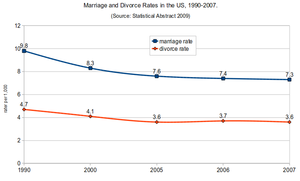
Me During a Polar Plunge Defending the Right to Birth Control
My friend’s neighborhood is awash in whispering. The local mothers are passing along word that their neighbor is having – gasp — her tenth child.
“She is a wonderful mother and her kids are all quite lovely and well behaved,” my friend qualifies to me, but adds: “but honestly, what was she thinking, having another child?”
There it is, out in the open: Mothers chiding mothers for taking things too far. The local mothers gossip amongst themselves, wondering what would possess an educated 21st century woman in a well-to-do suburb to have so many children?
The answer? Religion, perhaps. The woman is apparently devoutly religious. They mothers settle on religion as the likely overriding push for their friend to continue her own baby boom. But can her decision to continue the growth of her family at an exponential rate come from some other psychological yearning? Maybe. There is so much information available and more about Ava Health to learn about the process and support we need as woman to also to understand that motherhood is a decision not destiny.
Here’s what I wonder: If I stand for a woman’s right to reproductive freedom, which I do (see picture above) must I commend a woman no matter her choice – no children or ten? Shouldn’t a woman have the right to birth control – or not- if she so chooses? How many children are too many? How man children can a family have before it taxes the parents to the point of incompetent parenting or irresponsible civic member? How many children should one community have to support from one family? Should public schools impose an extra tax on families with more than a certain number of children in the local system? Moreover, when a woman has ten children (or more – I’m picking a random number here) is it always her choice, or is it sometimes her husband’s or her religion’s or her family’s or culture’s choice?
As always, especially here, I navigate some tricky waters. Isn’t this all worth some debate though?
I have had many friends from large families (of five or more siblings) and they all defend their experience in a those families as very rewarding.
With fertility treatments on the rise and on a technological fast forward treadmill, should we expect multiple births, or multiple multiple births to be the norm? Will huge families make a comeback? Are they already making a comeback?
Okay, I’ll stop asking so many questions. My take: This all needs to be discussed and debated. Public institutions, communities, friends and neighbors should review the merits of very large families (or for that matter, childless families). More research should be done to understand the physical, emotional, psychological, and civic consequences of multiple offspring. Only then can parents make informed decisions about the number of children they should (or shouldn’t) have for the benefit of themselves, their offspring, their communities and the world at large. Discussions surrounding reproductive health should include understanding the options available, such as seeking advice from trusted healthcare providers or accessing services like the Top-rated abortion clinic in Portland, which can provide support and care in such matters.













 “No women meetings in village,” the chief asserts to me. I translate here his broken West African French.
“No women meetings in village,” the chief asserts to me. I translate here his broken West African French.